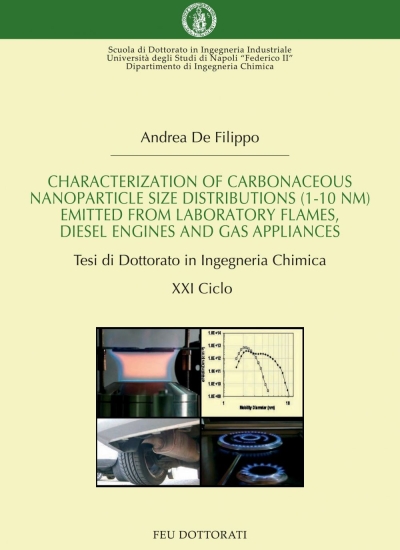Descrizione
Combustion-generated particles are a matter of daily concern for their impact on human health and atmospheric processes. The majority of the concern is related to the high emissivity in number concentration as the size decreases and to the combustion conditions which favour their emission. This thesis provide further, and new, information about nanoparticles emitted from premixed flames, engines and common burners, with particular attention to the 1-10 nm range. The smaller class of nanoparticles shows different properties from soot particles which have sizes larger than 10 nm and that later evolve in larger soot aggregates. Furthermore, this thesis remarks the importance of the differential mobility analysis (DMA) as a powerful experimental tool in the study of nanoparticle formation in different combustion sources, with particular attention to the dynamics of the very small nanoparticles (1-10 nm), and as an important experimental background for the development and validation of numerical modeling to simulate particles formation during combustion processes.



